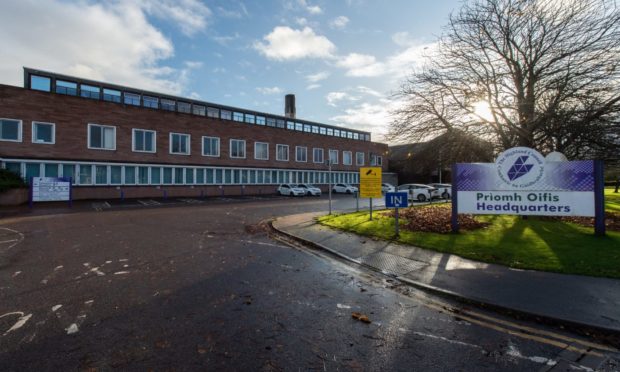North residents will be spared a council tax hike this year, Highland Council has agreed.
The council will instead accept the Scottish Government’s offer of £4.2m and freeze council tax, saying the government’s subsidy is the equivalent of increasing the tax by around 3.25%.
The news comes against an improving backdrop in the council’s finances, with the local authority about to announce a surplus of £3.1m and a significant boost in its reserves.
Dire predictions of a deficit up to £100m caused by the pressures of the pandemic made last spring have failed to materialise, although the council signals it’s not out of the woods yet and more than £20m in savings need to be found in the years 2022-24.
The council plans to invest £9.8m in its visitor management strategy, economic prosperity fund, place-based investment and ward discretionary budgets.
The bulk of the money, £6m, will go to the economic prosperity fund with a 10 point plan to support employment business recovery and growth in the region.
It proposes targeted support for business recovery and to address lost job opportunities for the young and vulnerable, school leavers without qualifications or employment opportunities, graduates without careers, adults facing unemployment for the first time, and those aged 50+ at risk from the collapse of key business sectors.
The council also wants to grow support for new business start ups with new grants and loans, develop its modern apprenticeship scheme for 16-65 year olds and strengthen its mentoring support for young people.
The plan includes a proposal to boost to the council’s supply chain businesses ‘through procurement practice’, and targeted support for social enterprises.
Investment of £1.5m will go toward the council visitor management plans, highlighting investment potential in roads, parking management, increase toilet provision, enhanced litter and waste collection, provision for motor homes, and public transport.
Area committees will benefit from £2.1m to support local priorities, while ward discretionary budgets will be topped up to £26,000 per ward this year.
This could be used address the harms of Covid with additional welfare
supports such as fuel and food poverty; wellbeing investments in areas such
as paths, playparks and spaces for people; and targeted responses to
matters such as loneliness, or drug and alcohol addiction.
Under the heading Ambitious Highland- Health and Prosperity Strategy, the council says it’s identifying financial and non-financial opportunities around the low-carbon agenda to market the region as truly low-carbon.
This will be backed by investment into the council’s food growing strategy and the development of a net-zero action plan including hydrogen ad low-heat strategies.
The local authority also proposes to reduce the amount of staff travel and the number of properties the council maintains.
A reduction of energy use is integral to this year’s budget proposals and will see a reduction in the council’s carbon footprint, says Liz Denovan, the council’s executive chief officer, resources and finance.
She said she was confident that the planned savings in this year’s budget can be delivered, but emphasised the need to maintain the council’s reserves to deal with ongoing Covid and Brexit pressures and uncertainties.
She said: “Further work needs to be carried out during the 2021/22 financial year to ensure we have a balanced, sustainable medium-term financial plan and the identification and delivery of additional transformation savings will be critical in enabling this.”
Highland economist Tony Mackay said while additional revenue from the Scottish Government had helped the council’s financial position, he fears worse is to come after the pandemic.
“Highland Council’s new budget gives a much better picture than last year. Then the council predicted a £96 million deficit in the 2020-21 financial year but the latest figures show a small £3 million surplus.
“The council also expects to break even in the new 2021-22 financial year.
“The main reason for the much better financial position has been additional revenue of £23.6 million from the Scottish Government to help the council cope with the problems caused by the Covid-19.
“The pandemic has caused serious difficulties for the council, particularly in relation to social care and education provision.
“The council expects to receive similar assistance during 2021 so the budget for the financial year looks healthy.
“Personally I fear that the financial situation will be much worse when the pandemic comes to an end.
“The Scottish and UK Governments have had to spend billions of pounds on assistance programmes, so tax increases and public spending cuts seem inevitable soon. All the councils, including Highland, will inevitably be affected by that. ”
Councillors will discuss and approve the plans in a special meeting of the full council on Thursday March 4.
